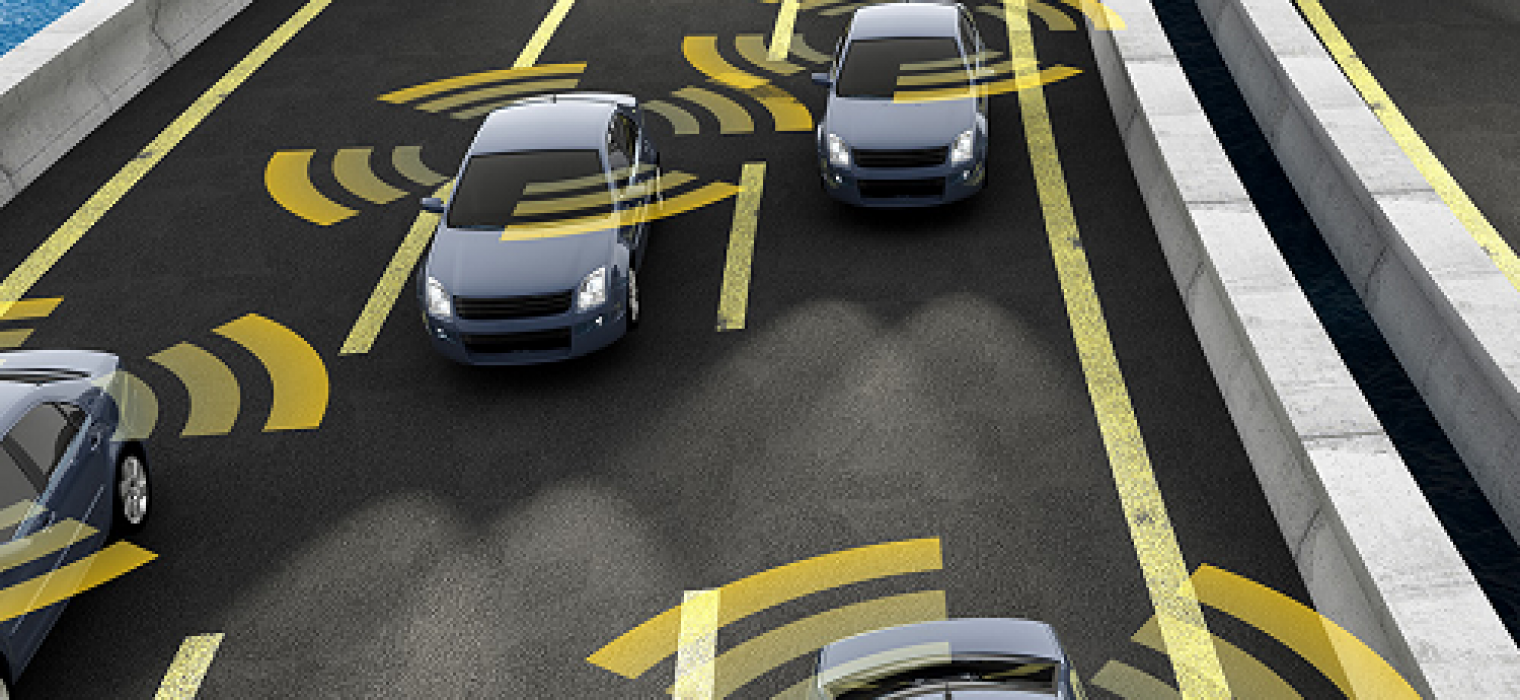Self-Driving or Autonomous – What is the Difference?
 More car and technology companies have been teaming up to develop technology that makes a self-driving or autonomous car available to the consumer. With the increase in awareness of these vehicles, are the terms self-driving and autonomous, in reference to a vehicle, the same?
More car and technology companies have been teaming up to develop technology that makes a self-driving or autonomous car available to the consumer. With the increase in awareness of these vehicles, are the terms self-driving and autonomous, in reference to a vehicle, the same?
The current NHTSA Federal Automated Vehicle Policy, which sets the testing guidelines for US DOT, has adopted the SAE International definitions for the levels of automation for vehicles. These definitions divide vehicles into 5 levels, each with an increasing amount of automation and a decreasing amount of driver involvement. The following outlines the specifics of each level.
- In SAE Level 0, the human driver does all tasks related to operating the vehicle
- In SAE Level 1, an automated system on the vehicle can sometimes assist the human driver. These exist today in vehicle warning systems, such as blind spot detection, back-up detection, and lane departure detection.
- In SAE Level 2, an automated system on the vehicle can actually conduct some parts of the driving tasks while the human driver monitors the environment and performs the rest of the required driving tasks. These exist today in systems such as advanced cruise control, parking assist, lane keep assist, and automatic braking
- In SAE Level 3, an automated system can do both actually conduct some parts of a driving task and monitor the driving environment in some instances, but the human driver must be ready to take back control when the system requests. These exist today in vehicles from Tesla and Mercedes for use in highway environments where the lanes of the road are clearly marked. GM will debut a similar system this fall In the Cadillac CT6 sedan.
- In SAE Level 4, an automated system can both conduct the task of driving and monitoring the environment, without the need for a human driver to take back control. Operation of the system is limited to certain environments and conditions. These systems are currently being tested by Google, Uber, Apple, and Samsung. Additionally, these systems have been tested in trucks by Volvo, Otto (Uber owned) and Daimler (Mercedes Benz).
- In SAE Level 5, an automated system that can perform all driving tasks, under all conditions that a human driver could perform.
Based on these policy definitions, an autonomous vehicle at levels 4 and 5 certainly is self-driving, but a self-driving vehicle at level 3 is not autonomous as it is limited in the operating environment and requires a human driver that can take control when needed. Cars with self-driving capability are currently available, with car manufacturers continuing to add this feature to more models each year. Analysts predict that by 2020 cars with self-driving capability will take off and be widely available. When autonomous cars will be available to the public will require innovations in sensor technology for size, manufacturability, cost, an expanded detailed map database, and public acceptance. Analysts predict that by 2030 autonomous vehicles will be in use in cities and urban areas.


